Now China's best-preserved tea and horse ancient road is not in Sichuan and Tibet, but is located in the city of Pu'er 5 kilometres in the tea and horse in city, but also China's linear cultural heritage sites in the most complete preservation, mileage the longest, the most culturally heavy and primitive section, was expensive for the start of the tribute to tea into the capital, the rise of the Tang and Song Dynasty flourished in the Ming and Qing Dynasties, after more than 1,000 years of casting the history of mankind at the highest elevation, the passage of the greatest difficulty of the ancient civilization of the highlands road, and therefore CNN.com called ‘the epitome of Chinese civilisation’, highlighting the glory of the Yellow Emperor.

Chama Old Town is restored to 5A standard with a total investment of 520 million RMB, which was listed as a key cultural industry in Yunnan in 2017, and now it has achieved an all-round and scenario-based display of architecture, folklore, scenarios and other tourism experiences, among which the fish eagle fishing stunt at Dingbo Lake is listed as intangible cultural heritage, which is the best scenic line showing the humanities and the life of Pu'er, and the sub-tropical forests in the summer can be appreciated as the old fishing and fishing farmers rely on their livelihoods. It is a rare opportunity to enjoy the ancient skills that fishermen and farmers rely on for their survival.
In ancient times, all Pu'er horse gangs would take a short break at the boundaries of the old tea and horse city, and then work hard to converge on the Silk Road. ‘There is no road in the world, but when more people walk, there is a road’, this sentence is undoubtedly the truest interpretation of the Tea Horse Road, and the horse gangs are more and more cooperative little by little to carry the gravel to set off, along the road is prone to collapse of the road paved with a piece of stone, which is now vaguely visible, full of sweat and toil of the Tea Horse Road. In order to facilitate the experience of tourists, the Tea Horse Ancient City Scenic Area added a cable car, so that tourists can reach the top of the mountain in a short period of time to get a glimpse of the whole picture of Pu'er, and then go along the footsteps of the horsemen to look for a thousand miles of tea and horse culture.
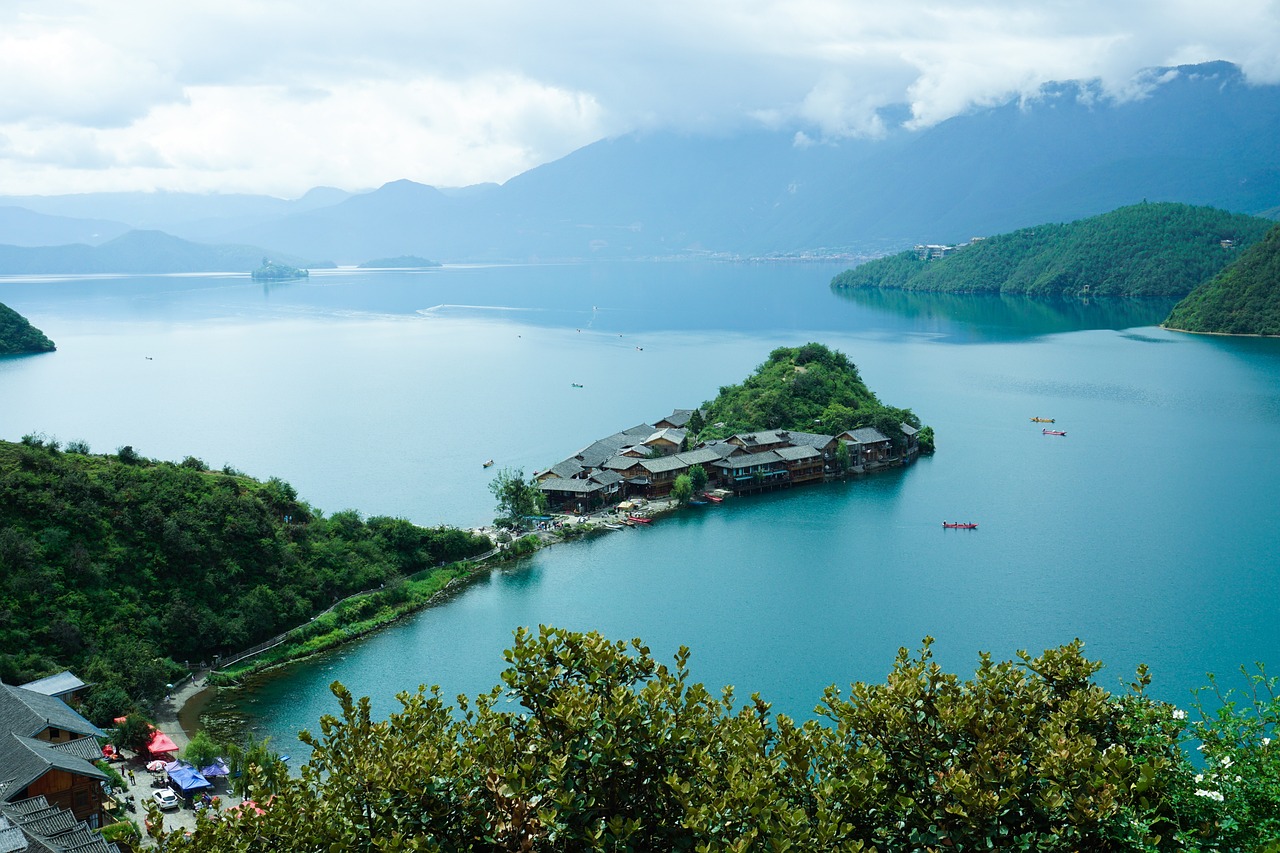
Ancient China's flourishing foreign trade from the tea and horse road can also be a glimpse of the ancient road, this because of the tea and the rise of the horse and the prosperity of the ancient road is condensed in a ‘Tea Palace’ in the middle. For example, the Tang Tea Hall in the form of a museum to trace the history of tea and horse culture, and the Qing Dynasty Yongzheng years are all included in the records of the Tribute Tea House, it is said that at that time the Pu'er Tea House, merchants gathered, just like a link between the Chinese and foreign wealth of the road like a desirable.
At night, we stayed at the Qiyunlou Inn, an ancient inn by the Tea Horse Ancient City, decorated in a very rustic style and unique ethnic characteristics.
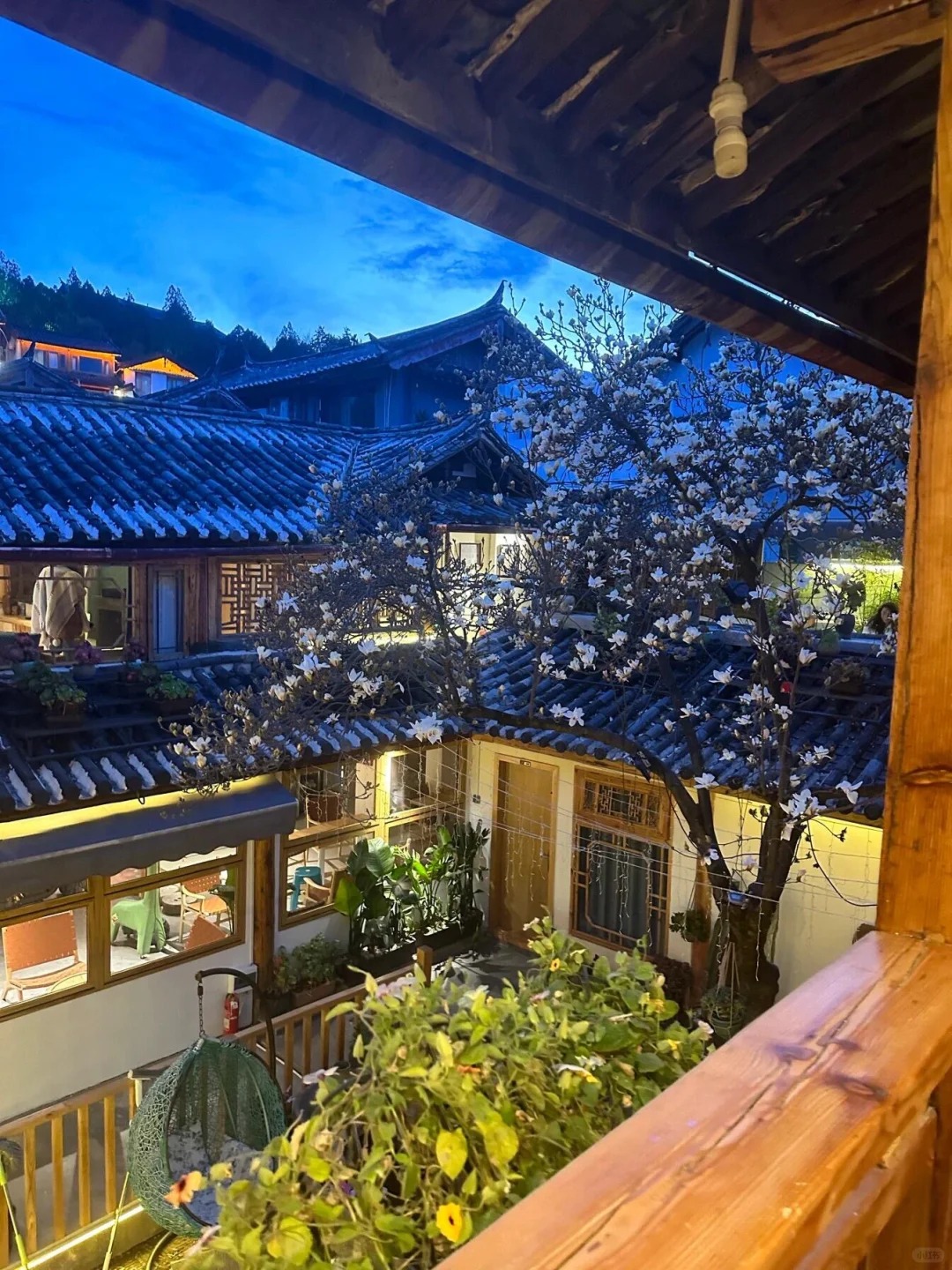
Along the timeline all the way through the Tang Tea Hall, Song Ming Court, Yuan Palace, Ming Pu Xuan, Gong Cha Yuan, also represents the Tang, Song, Yuan, Ming and Qing phases of the Tea Horse Ancient Trail course as far as the eye can see. And then through the scenic area of the newly established forest slide to reach the bottom of the mountain, a travelling through the millennium and then back to the reality of the hazy feeling came to life.
Of course, Pu'er characteristics of the Dai hand-me-down peacock feast can not be missed, especially in the ancient city of Dai Jingyuan hand-me-down rice, ten people, but there are ten meat and ten vegetarian main dishes, the light plate will take five people half an hour, after the end of the table after a fairy mist aesthetics is a sense of reluctance to put down their hands. The most important thing is that this table including rice wine per capita consumption is less than 50 yuan, not to mention the prices of domestic scenic spots, even the second and third-tier cities can not find such a high cost-effective food.
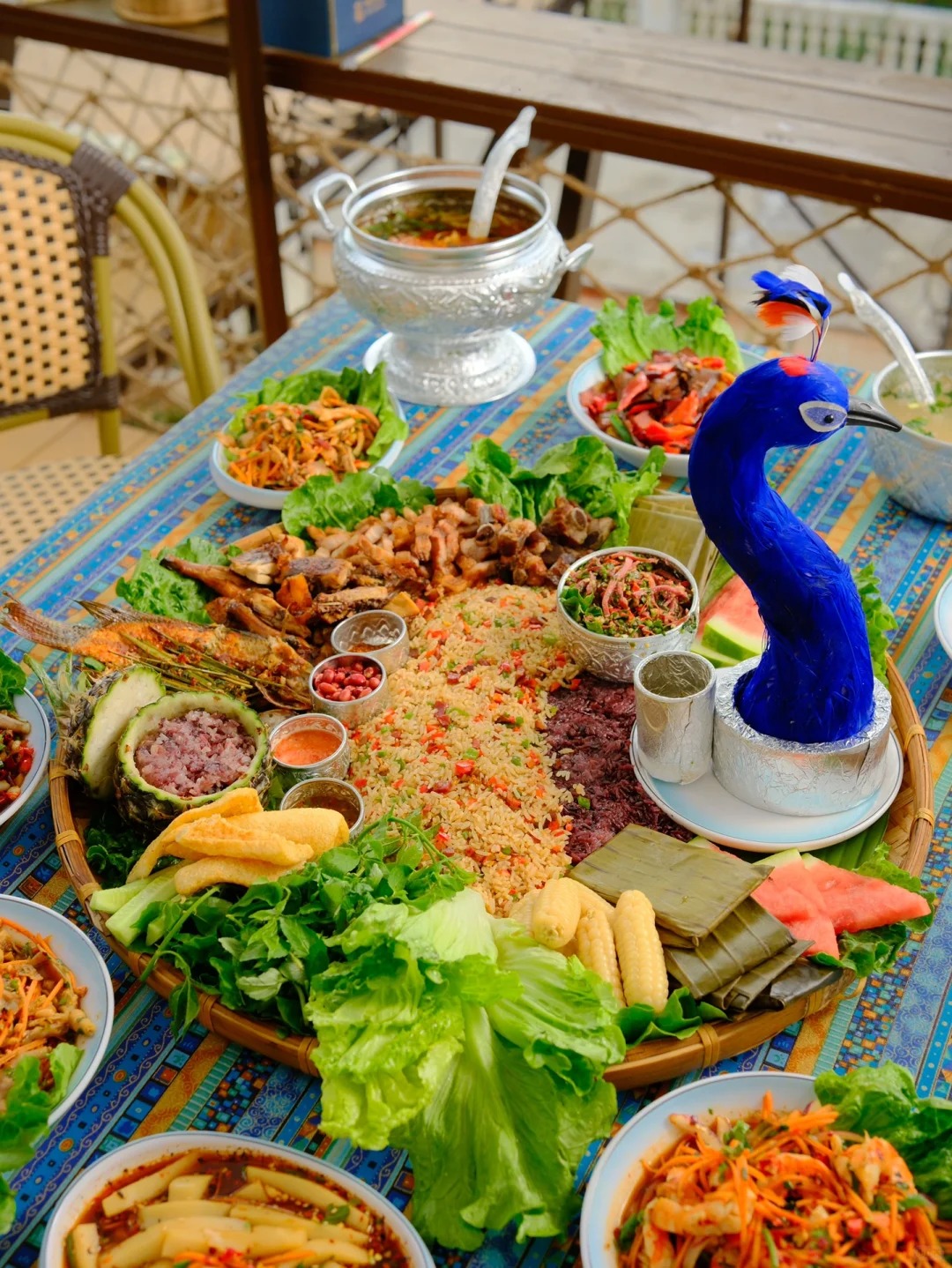
China's Most Beautiful Woman: character legend but was included in the non-legacy, one of the top ten best actors in China
In the world of Pu'er tea, each piece of tea has its own story, and the people of Pu'er regard the tea tree as a ‘gift from heaven’, and almost every family uses tea to meet friends and treat people with tea. In the old city of Tea Horse, where Pu'er tea culture is the strongest, there are tea estates and tea shops of different sizes, but whichever one of them promotes tea culture as its own responsibility, showing the story of Pu'er tea to visitors from China and even all over the world. Among them, the Icelandic Zhengshan Ancient Tree Black Tea Experience Hall is the most distinctive, where the tea master's every move shows the culture, etiquette, and steps of Pu'er tea in the best possible way, which is both pleasing to the eye and satisfying to the heart.
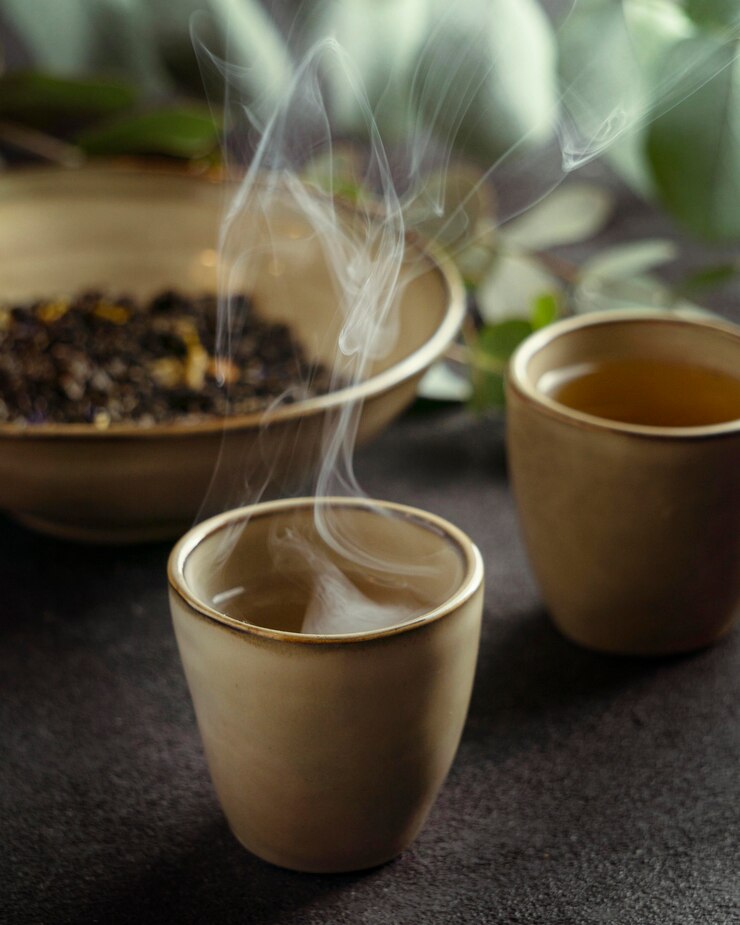
Anyone who is old enough has heard of ‘Ashima’, but most people know very little about it, and can even say that they only know its name but not its person. Today, we are talking about one of the few Chinese women whose legend has been inscribed on the national intangible cultural heritage, Asima, one of the 12 most beautiful women in the Republic in the past 60 years.
Asima is only a legend that has been passed down among the Sani people of the Yi tribe in Yunnan province. Although there is no written record of the legend, it has been passed down from generation to generation through word of mouth and songs of praise, and it describes the human concept of the underclass people struggling against power and ushering in the light of day in the best possible way. The Yi Sani people's national spirit of ‘no breaks, no bends’ is also promoted by the legend, which has been translated into various languages and spread overseas since 1950, and the Asima was included in the first batch of the national intangible cultural heritage list in 2006.
In 1964, China's first color widescreen stereo film ‘Ashima’ was released on a small scale, and then took the second Asia-Africa International Film Festival ‘Best Actress Silver Eagle Award’; in 1979, it was officially released in China and then released around the world, starring in Ashima's famous dance, film actress Yang Likun also thus Yang Likun, a famous dancer and film actress who starred in Asima, was named one of the ‘Ten Best Actors in China’ after winning the Best Dance Film Award at the Third Spanish International Film Festival in 1982.
Stills from Asima
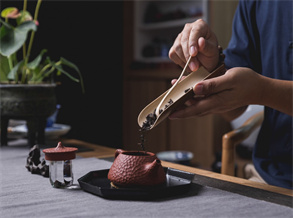
In 2009, People Weekly ranked Yang Likun, who starred in Asima, third in its list of the 12 Most Beautiful Women of the Republic in the Past 60 Years. However, Yang Likun teacher died in July 2000 due to illness at home in Shanghai, it is said that the day of the funeral, Shanghai million people crying in the street, a generation of beauty only left her most beautiful stories and stills, most of which are currently preserved in the Mohei ancient town in the former residence.
Yang Likun's former residence due to disrepair, serious damage, the later was demolished and built for the town post office, until 2010 was restored to the original appearance of the former residence style, has now become the fans at home and abroad to look forward to Yang's artistic achievements of the teacher's pavilion. Although there are not many tourists looking up to the beauty of the generation, it also preserves a relatively quiet atmosphere, where visitors can quietly get to know the ‘Little Nine Sisters’ (the ninth in line), who were born into a Yi family in Pu'er County.
In the former residence, visitors can not only see China's first colour wide-screen film ‘Ashima’, but also gain an insight into the daily life of the Yi people, and at the same time enjoy Yang Likun's few works, or at least stop being ignorant of her name.
